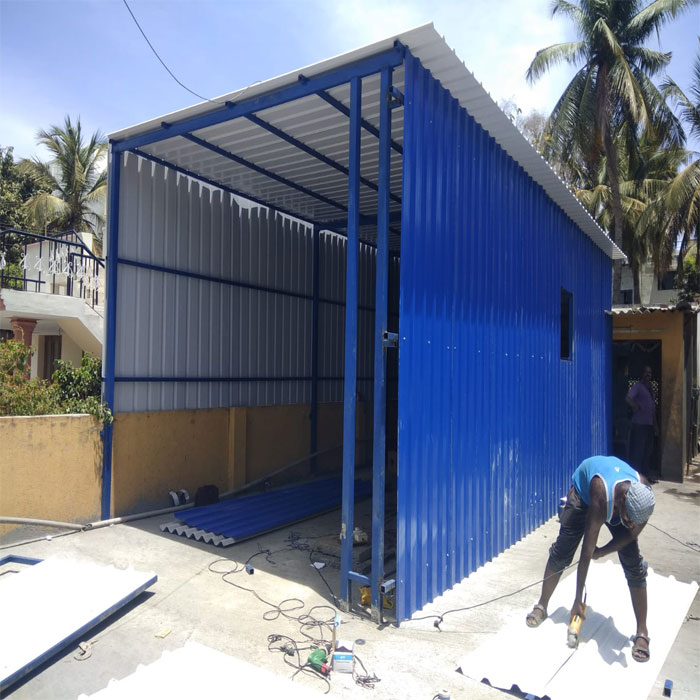


The concept of prefabricated housing has witnessed a remarkable resurgence in recent years, driven by a growing demand for efficient, sustainable, and affordable housing solutions. Among the various types of prefabricated dwellings, the prefab terrace house stands out as an innovative and versatile option. This essay will explore the advantages and innovations associated with prefab terrace houses, highlighting their impact on the housing industry and the potential benefits they offer to communities and the environment.
One of the primary advantages of prefab terrace houses lies in their cost-effectiveness. Traditional construction methods often involve higher labor and material costs, whereas prefabrication allows for streamlined production processes in controlled environments. The use of standardized components and assembly line techniques reduces waste and enables economies of scale, ultimately leading to more affordable housing options for a broader demographic.
Prefab terrace houses are known for their swift construction process. With components manufactured off-site, the on-site assembly is considerably faster compared to conventional construction. This rapid turnaround time not only benefits homeowners by allowing them to move in sooner but also minimizes disruptions to the surrounding community.
Contrary to the misconception that prefab houses are generic and lack individuality, modern technologies and design capabilities have given rise to a wide range of customization options for terrace houses. Homeowners can choose from various layouts, finishes, and architectural styles, allowing them to create a personalized living space that meets their specific needs and preferences.
Prefab terrace houses can be designed with sustainability in mind. Through the use of energy-efficient materials, advanced insulation, and integrated renewable energy systems, these houses can significantly reduce their environmental footprint. Additionally, the controlled production environment of prefab manufacturing facilities allows for better management of resources and waste, contributing to a more sustainable construction process.
Prefab terrace houses benefit from stringent quality control measures implemented in the manufacturing process. Skilled technicians and engineers oversee every step, ensuring that each component meets high standards of craftsmanship and structural integrity. This level of quality assurance leads to homes that are not only aesthetically pleasing but also built to withstand the test of time.
Advancements in technology have revolutionized prefab terrace houses. Smart home systems, energy-efficient appliances, and integrated automation have become standard features, enhancing the comfort, convenience, and energy efficiency of these dwellings. Homeowners can remotely control lighting, heating, security, and other aspects of their homes, further aligning with the demands of modern living.
Modular construction, a key innovation in the prefab industry, allows for the assembly of entire sections or modules of a house in a factory setting. These modules are then transported to the construction site and assembled into a complete structure. This method not only accelerates the construction process but also ensures a higher level of precision and quality in the final product.
Prefab terrace houses represent a promising solution to the evolving needs of the housing market. Their cost-effectiveness, speed of construction, customization options, sustainability features, and technological integrations make them a viable and attractive choice for homeowners and communities alike. As the demand for efficient and eco-conscious housing solutions continues to grow, the prefab terrace house stands as a testament to the ingenuity and adaptability of modern construction methods. By embracing these innovations, we pave the way for a more sustainable and accessible future in housing.